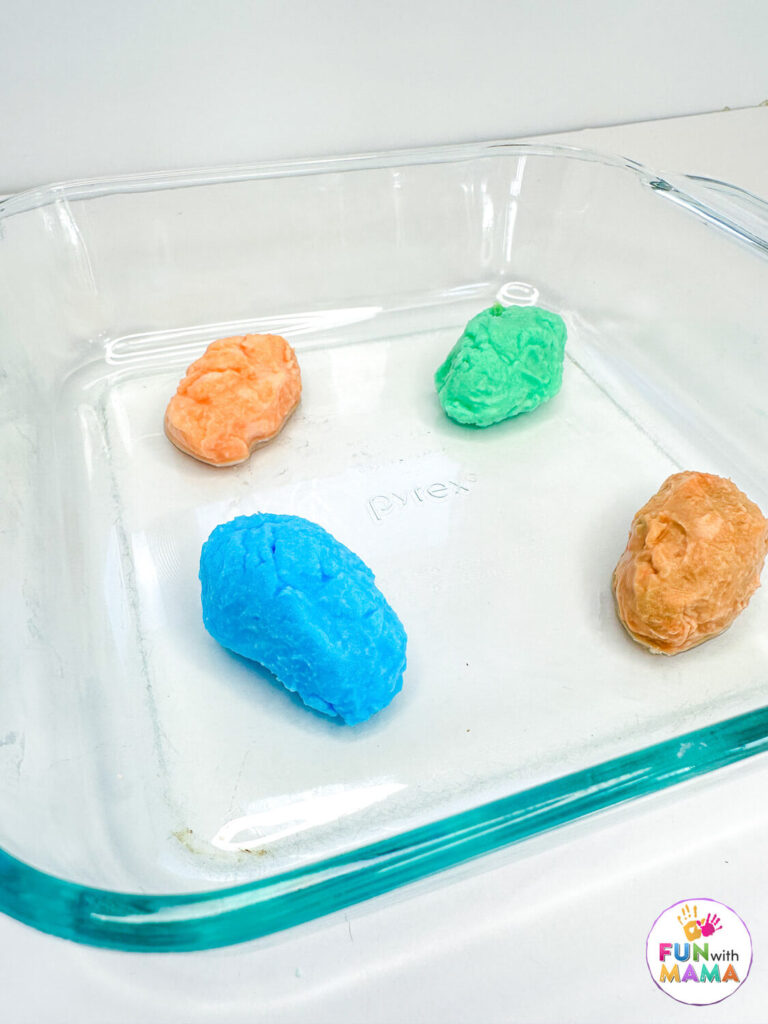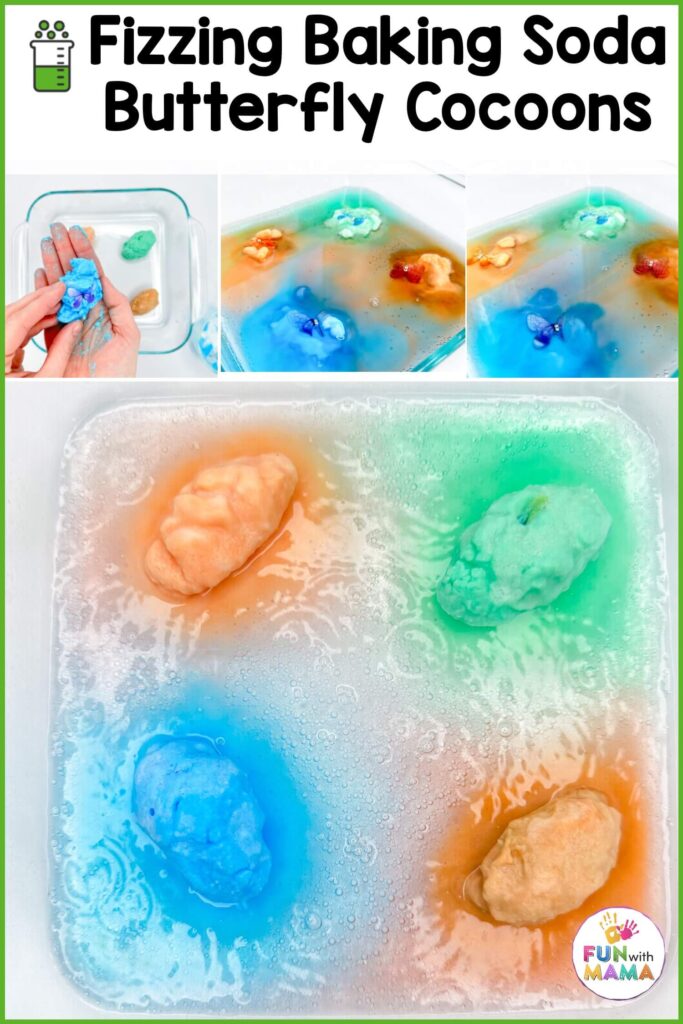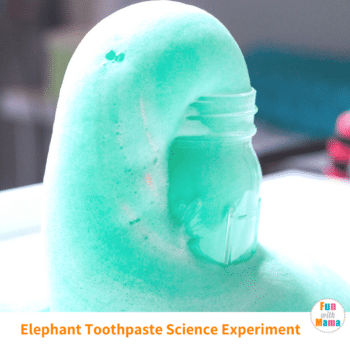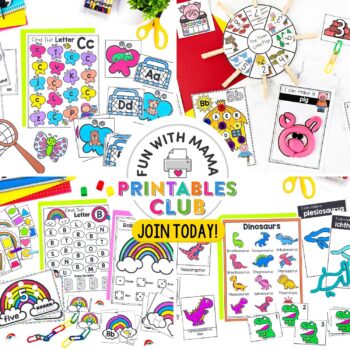Science experiments have a magical way of captivating the imagination of young minds. From erupting volcanoes to colorful chemical reactions, each experiment offers a glimpse into the wonders of the natural world. One such enchanting experiment is the baking soda cocoon, which combines simple household ingredients to create a fascinating transformation.
RELATED: Coffee Filter Butterflies

Baking Soda and Vinegar Science
Before beginning the experiment, it’s essential to understand the science behind it. The baking soda cocoon experiment demonstrates the reaction between baking soda (sodium bicarbonate) and vinegar (acetic acid).
When combined, these two ingredients undergo a chemical reaction, producing carbon dioxide gas, water, and a salt called sodium acetate. This reaction creates bubbles of carbon dioxide gas, which causes the mixture to fizz and expand. By encapsulating a small toy butterfly within a cocoon made of baking soda paste, students can witness the transformative power of this chemical reaction.
Materials Needed for Fizzy Butterfly Cocoons
To conduct the baking soda cocoon experiment, gather the following materials:

- Baking soda
- Water
- Food coloring (optional)
- Small toy butterfly
- Vinegar
- Small bowl for mixing
- Spoon
- Large container for the experiment
How to Make Baking Soda Butterfly Cocoons
Start by mixing baking soda and water in a small bowl to create a thick paste.

The consistency should be firm enough to hold its shape when formed into a cocoon around the toy butterfly. If desired, add food coloring to the paste to give it a vibrant hue.

Once the baking soda paste is ready, carefully mold it around the toy butterfly to create a cocoon-like structure. Encourage students to be creative with the shape and size of the cocoon, ensuring that it completely encases the butterfly.

Place the cocoon and butterfly (that’s hidden inside the mold) in a large container in preparation for the experiment.

Pour vinegar into a separate container, such as a small cup or pitcher, in preparation for the experiment. Vinegar serves as the catalyst for the chemical reaction with the baking soda paste, triggering the transformation of the cocoon into a butterfly.
With the baking soda cocoon and vinegar at the ready, it’s time to initiate the experiment! Slowly pour the vinegar over the cocoon, observing as the chemical reaction begins to take place. As the vinegar reacts with the baking soda paste, carbon dioxide gas is released, causing the cocoon to fizz, bubble, and expand.

As the chemical reaction progresses, students will witness the miraculous transformation of the baking soda cocoon into a butterfly. The expanding bubbles of carbon dioxide gas create pressure inside the cocoon, eventually causing it to burst open, revealing the hidden butterfly inside.
Encourage students to observe and marvel at this magical moment. Pair this activity with the Life Cycle of a Butterfly Printable Pack. Use the butterfly fact cards and life cycle activities to explain how caterpillars transform into beautifully patterned butterflies.

After the experiment is complete, take time to explore the results with your students. Discuss the science behind the reaction, emphasizing the role of baking soda and vinegar in creating carbon dioxide gas. Encourage students to ask questions, make observations, and share their thoughts on the experiment.

The baking soda cocoon experiment offers elementary students a captivating glimpse into the world of chemistry and transformation. By combining simple household ingredients, students can witness the magical reaction between baking soda and vinegar, culminating in the emergence of a butterfly from its cocoon.
More Butterfly Activities
- Butterfly Sensory Bin
- Butterfly Yarn Activity
- Folded Butterfly and Caterpillar
- Finger Paint Butterfly Craft
GET THE BUTTERFLY LIFE CYCLE SCIENCE ACTIVITIES PACK

















Leave a Comment